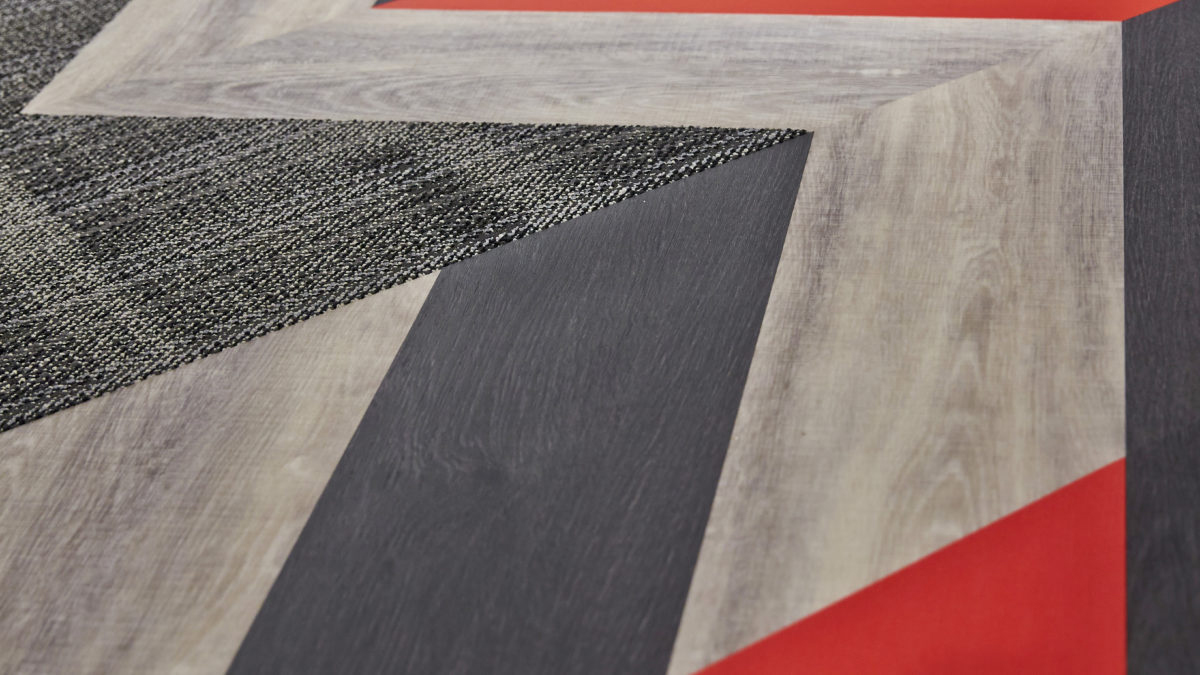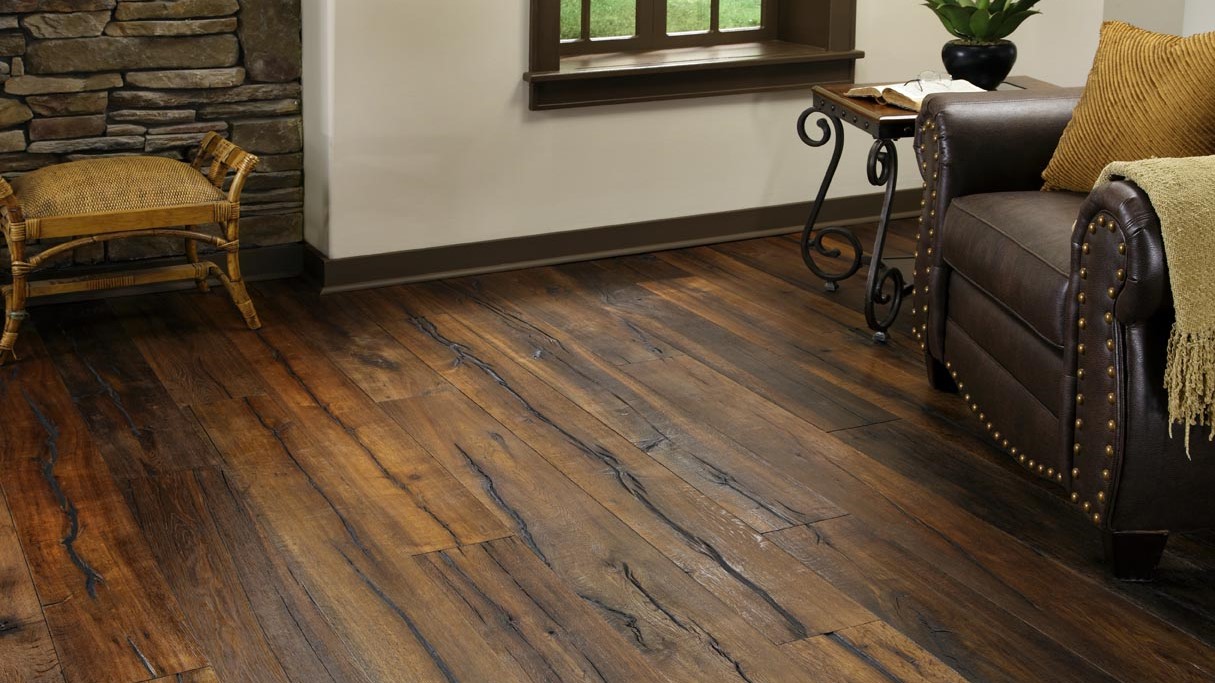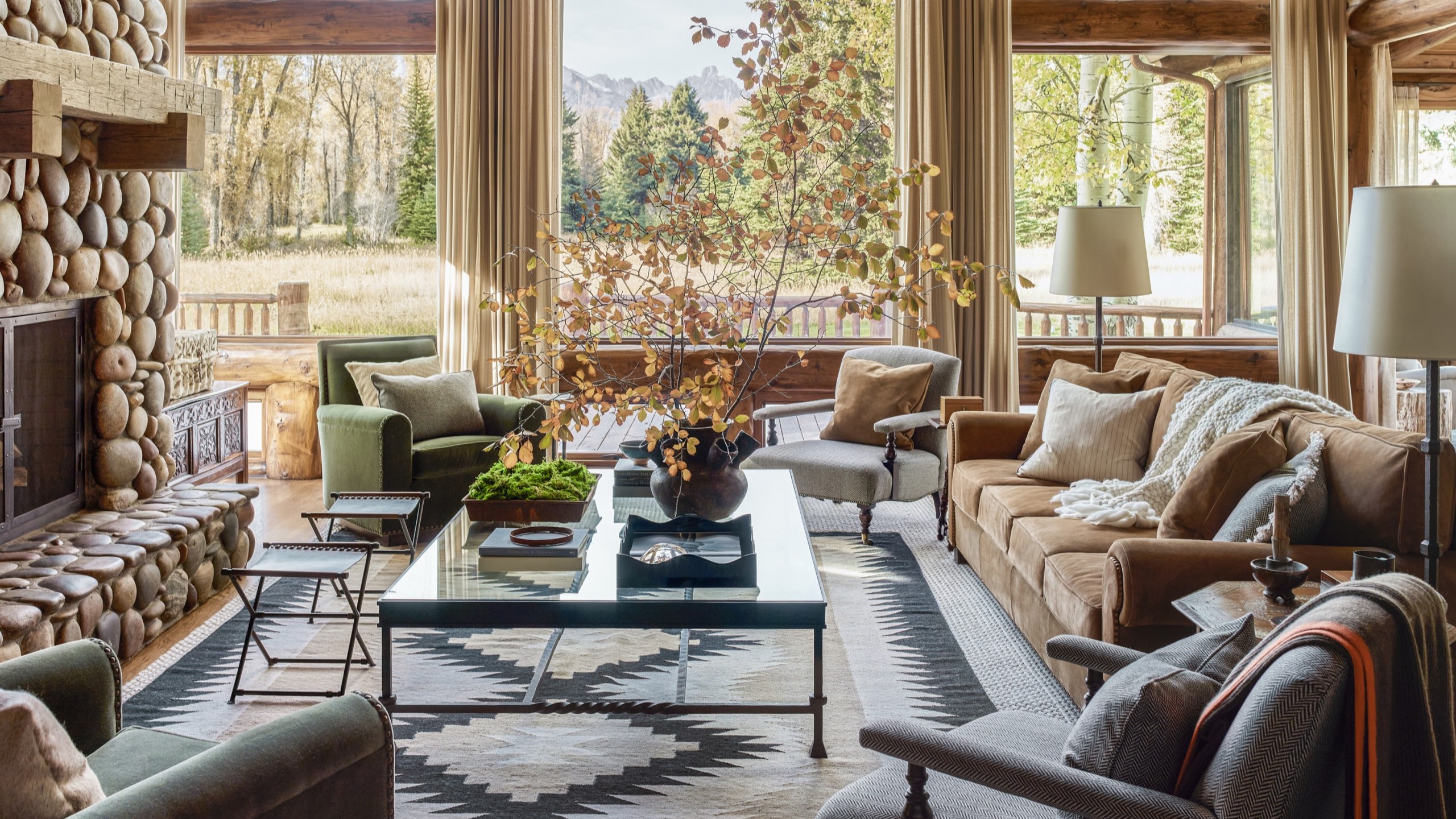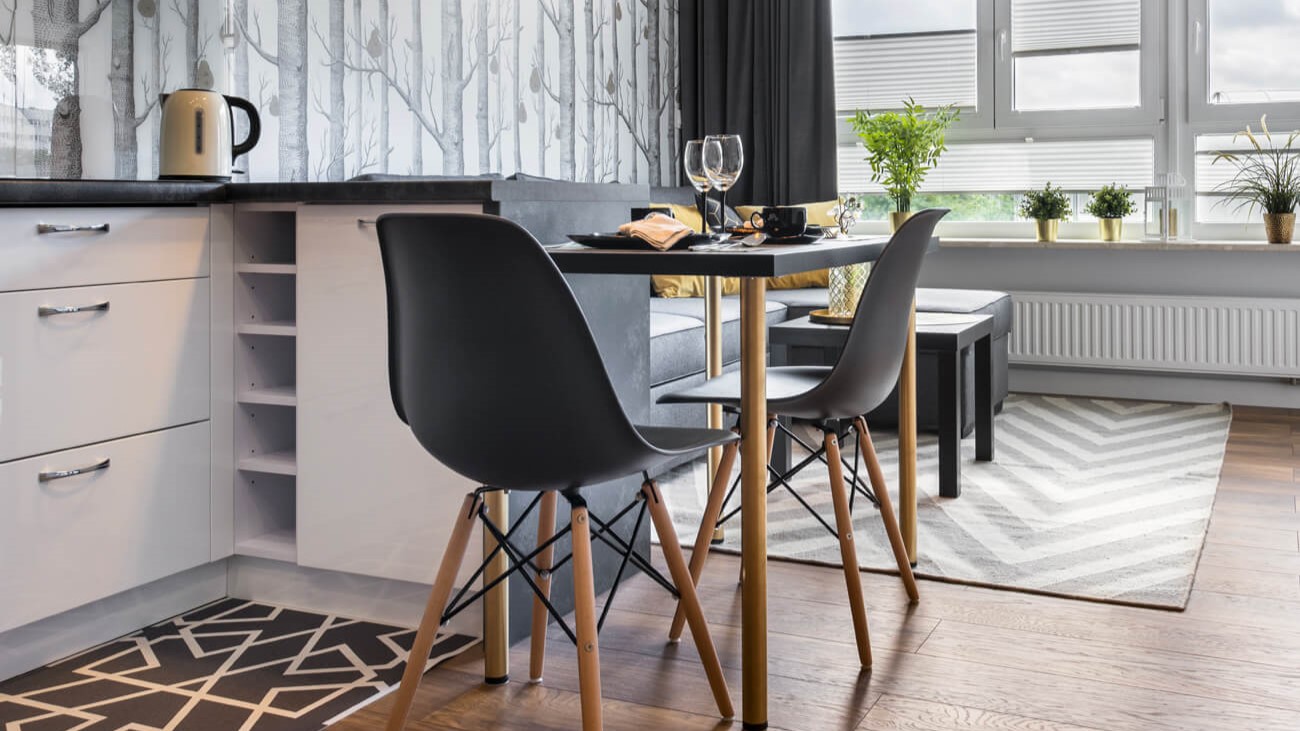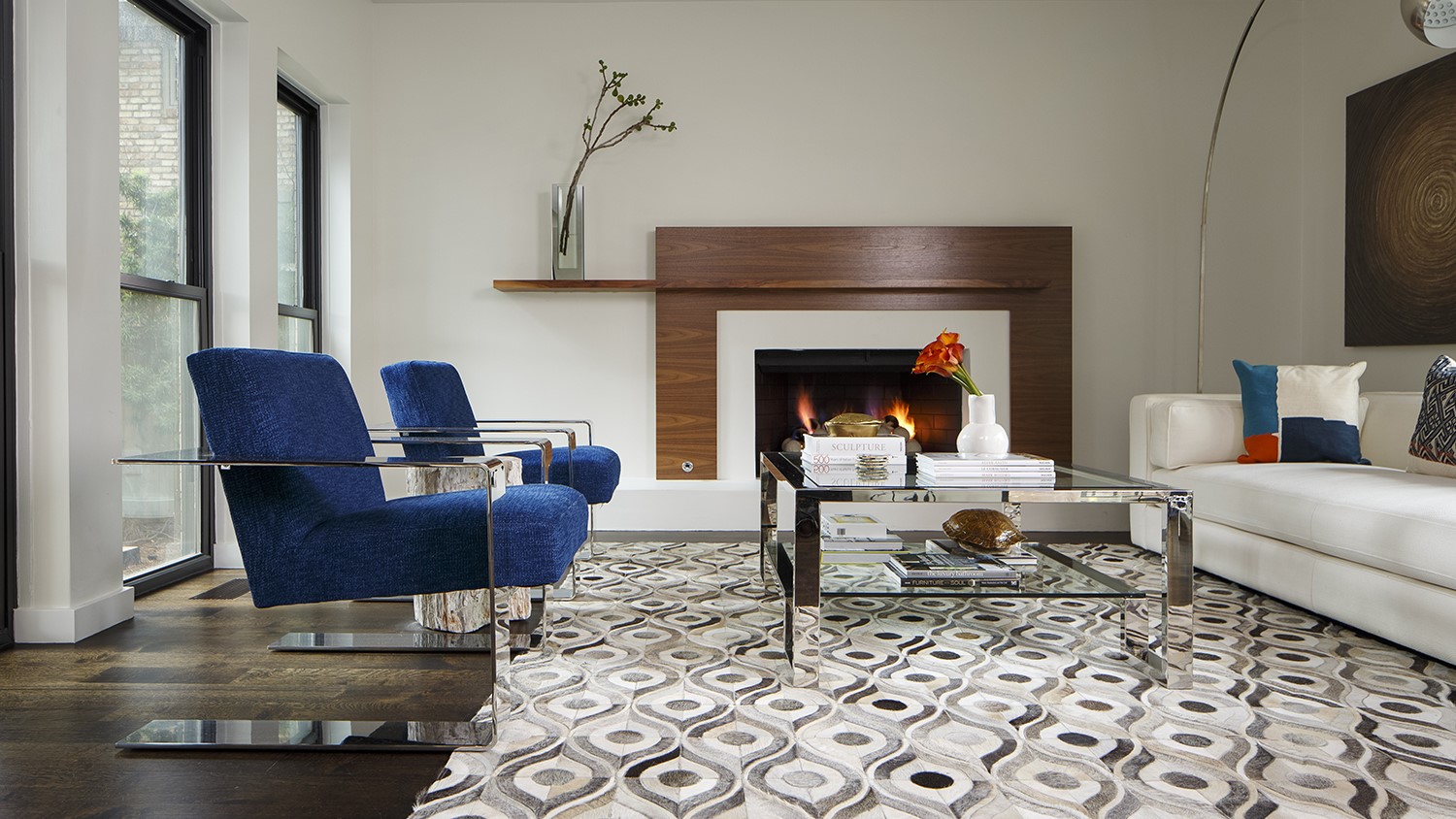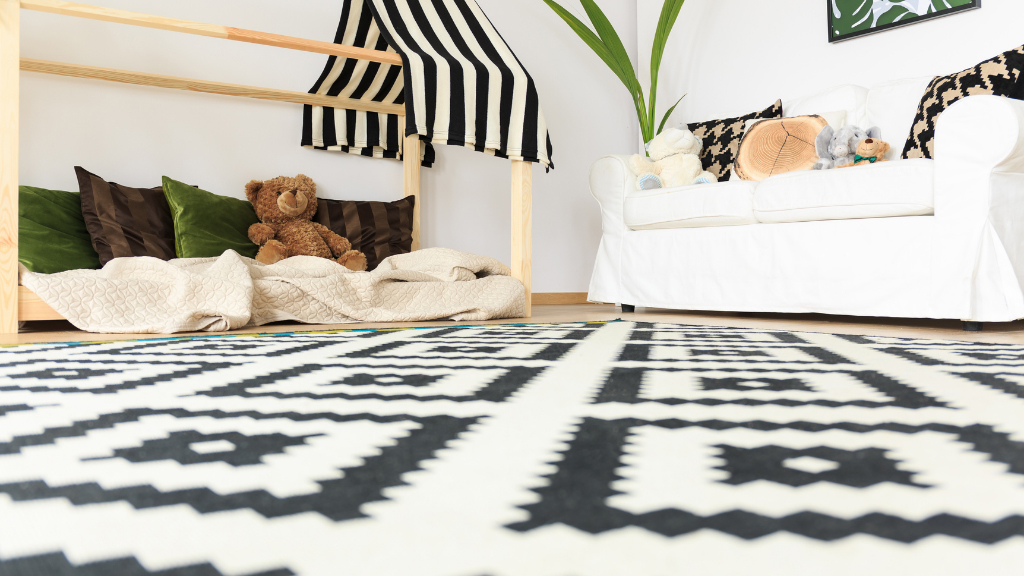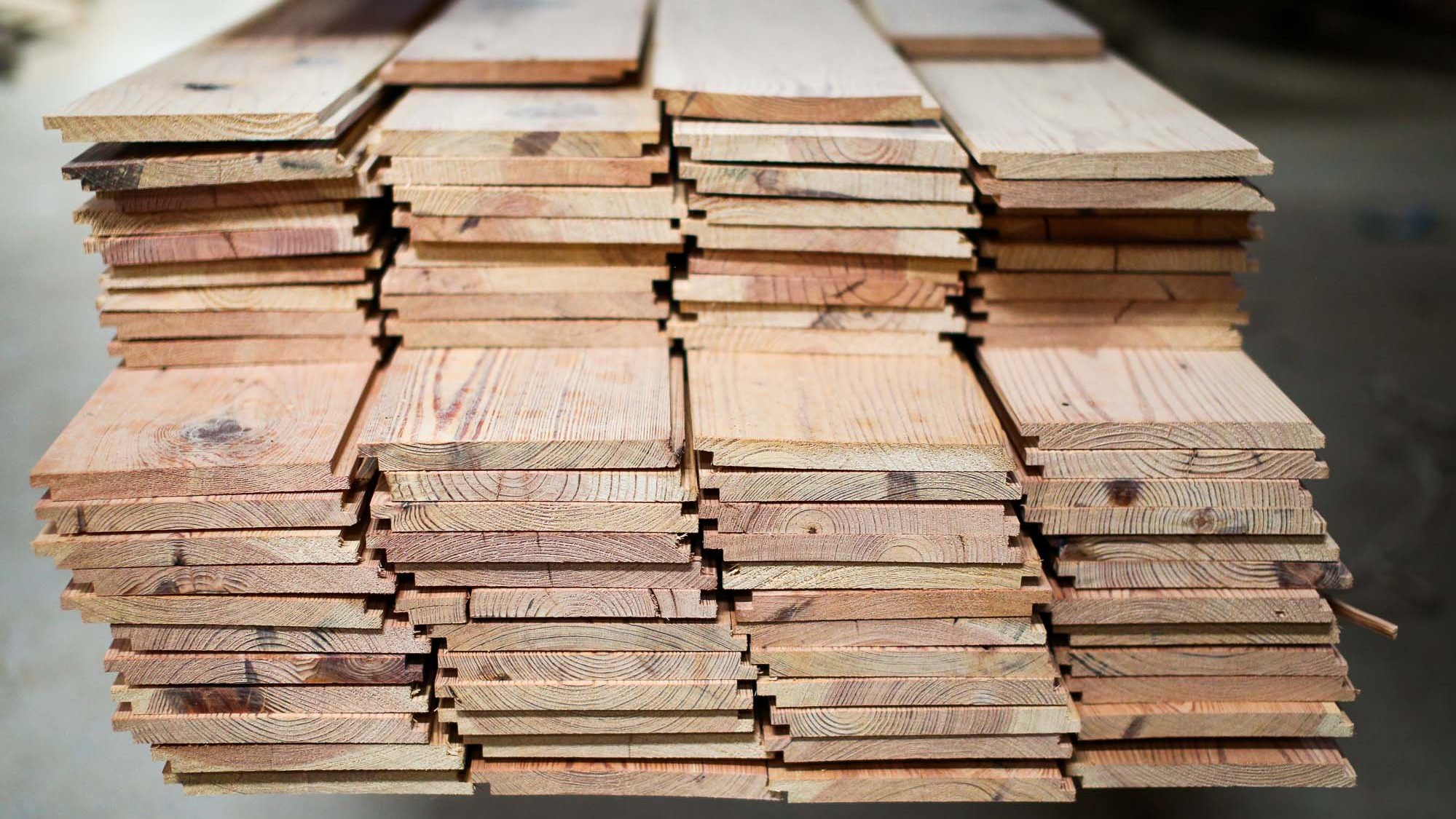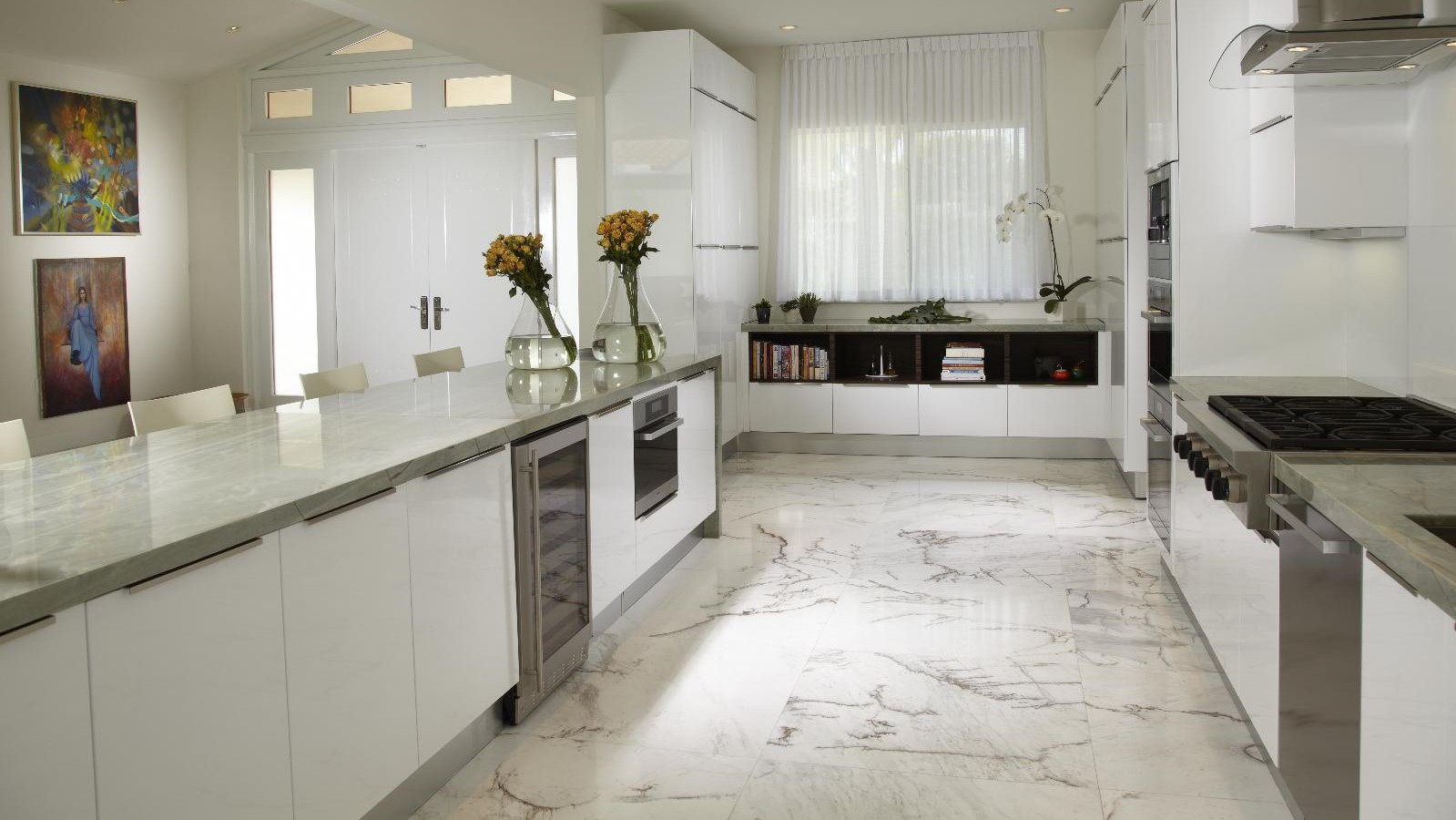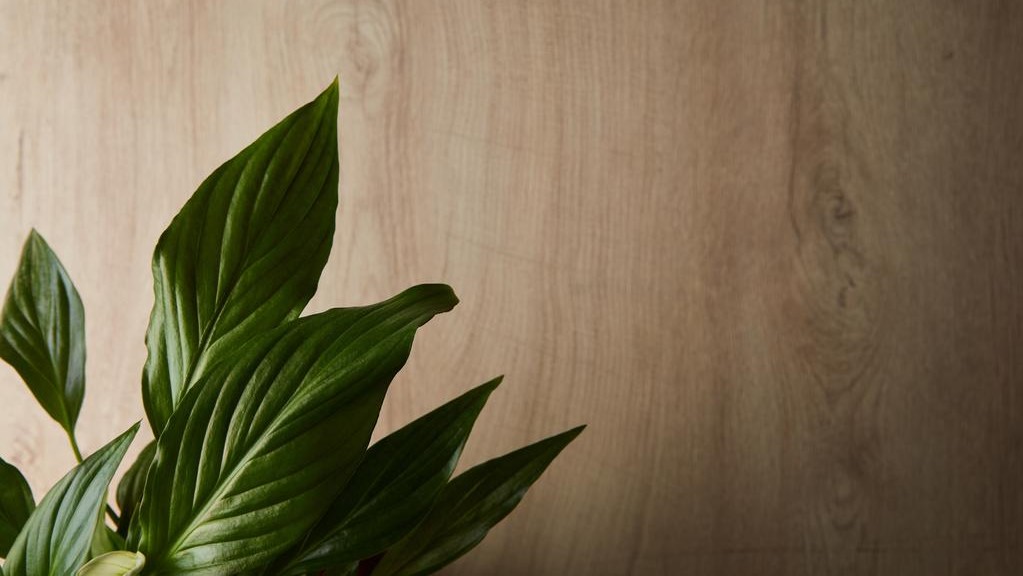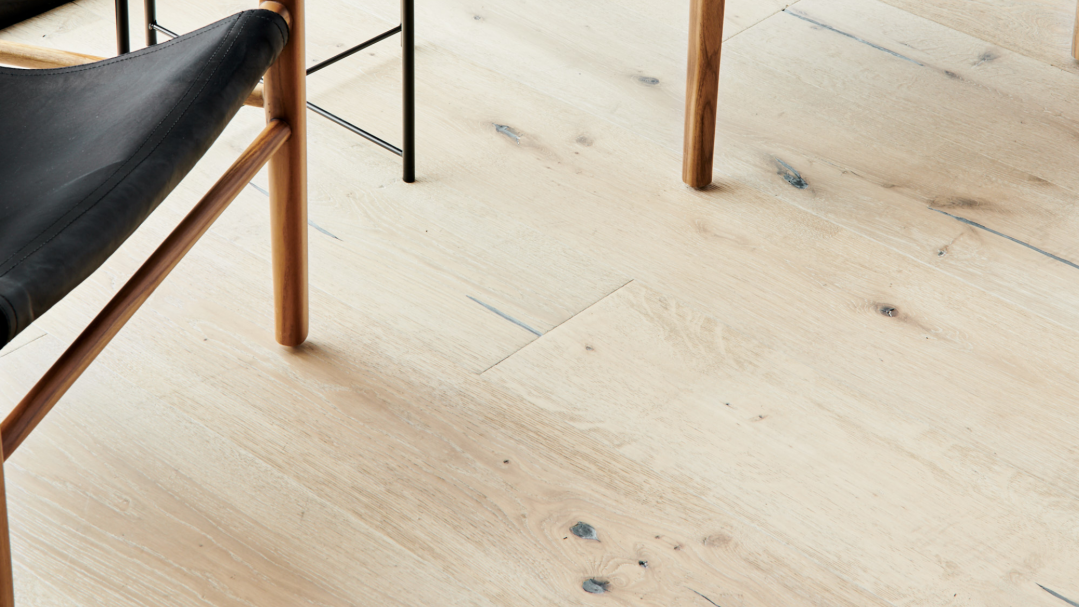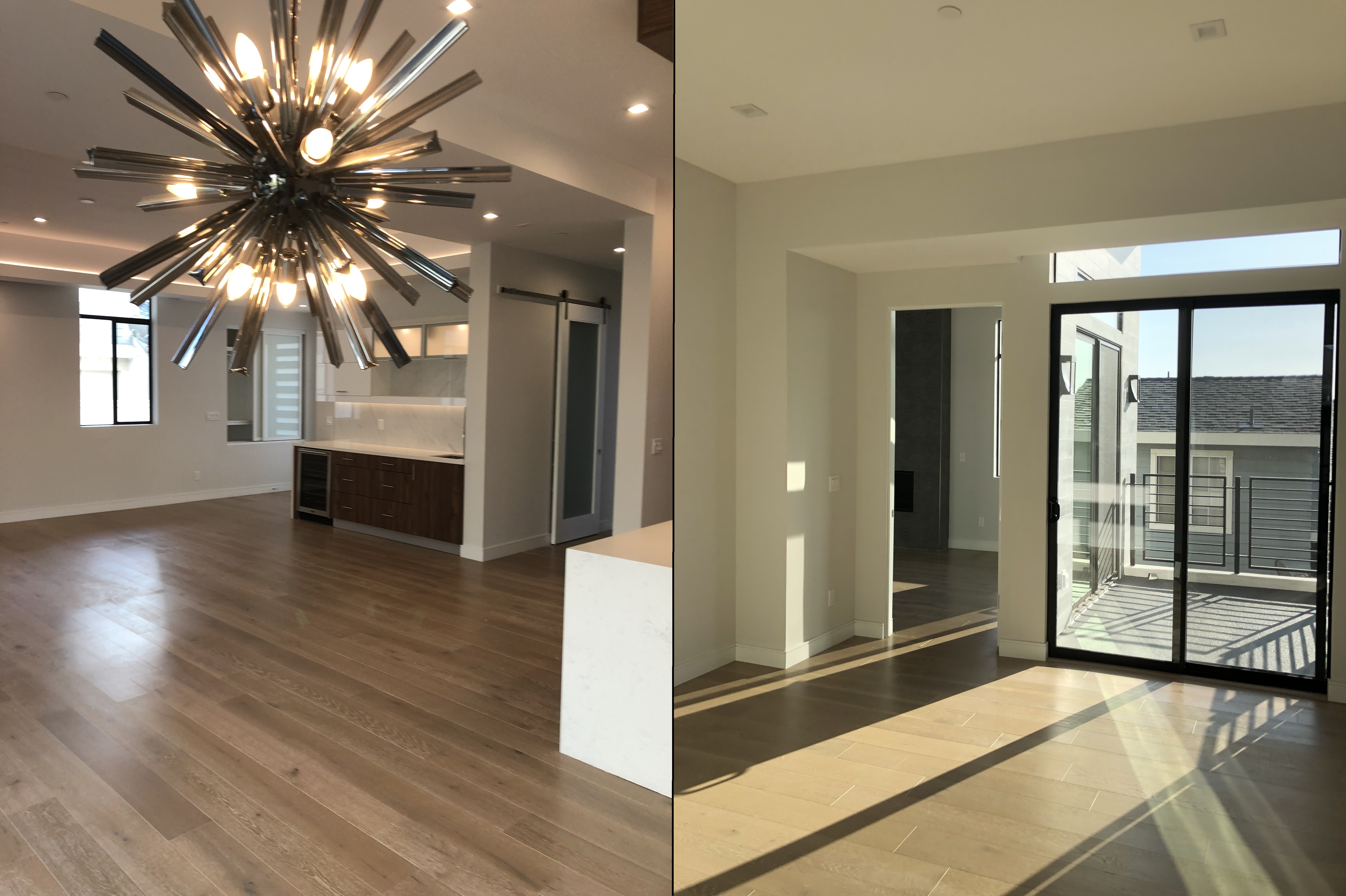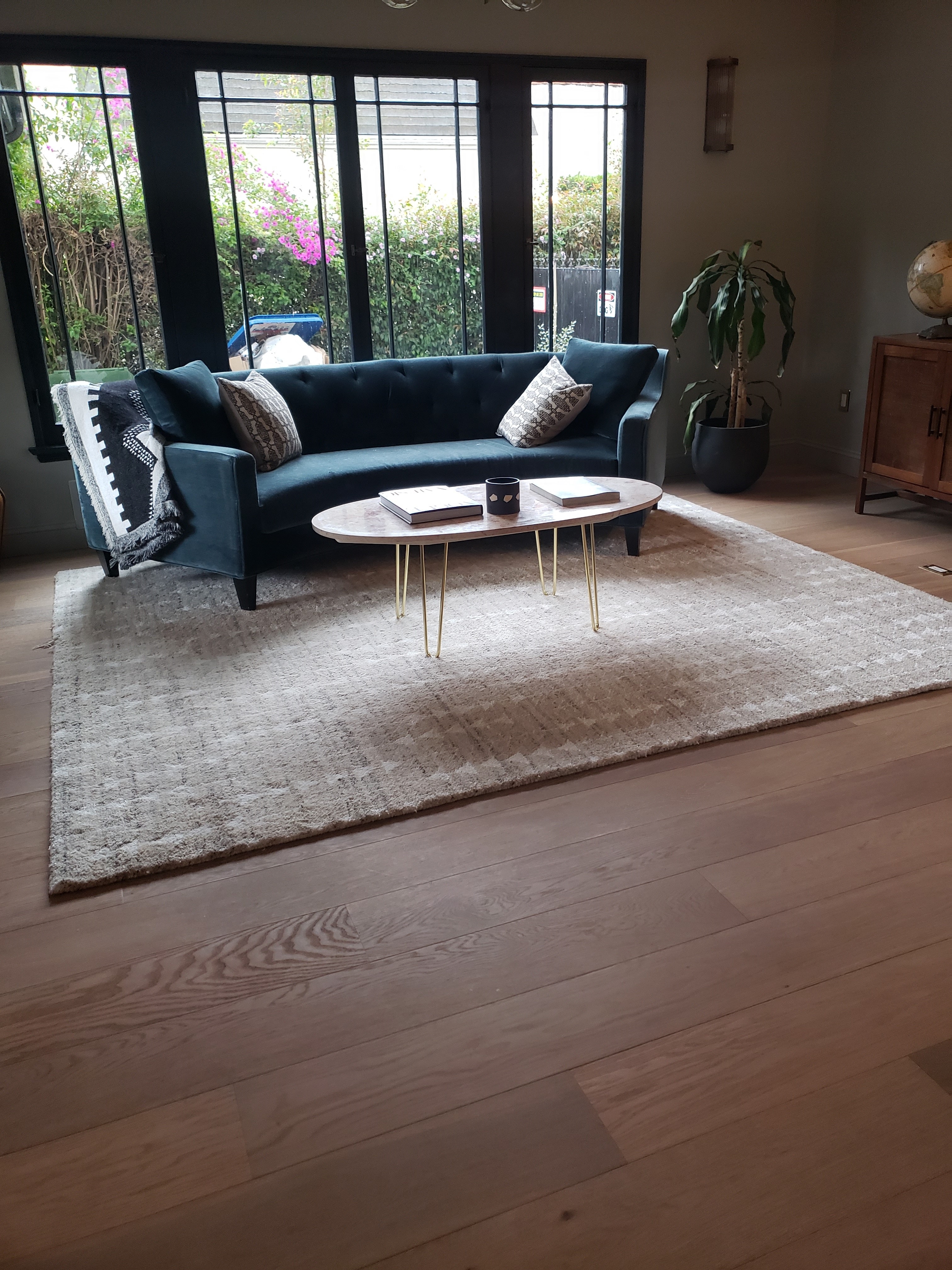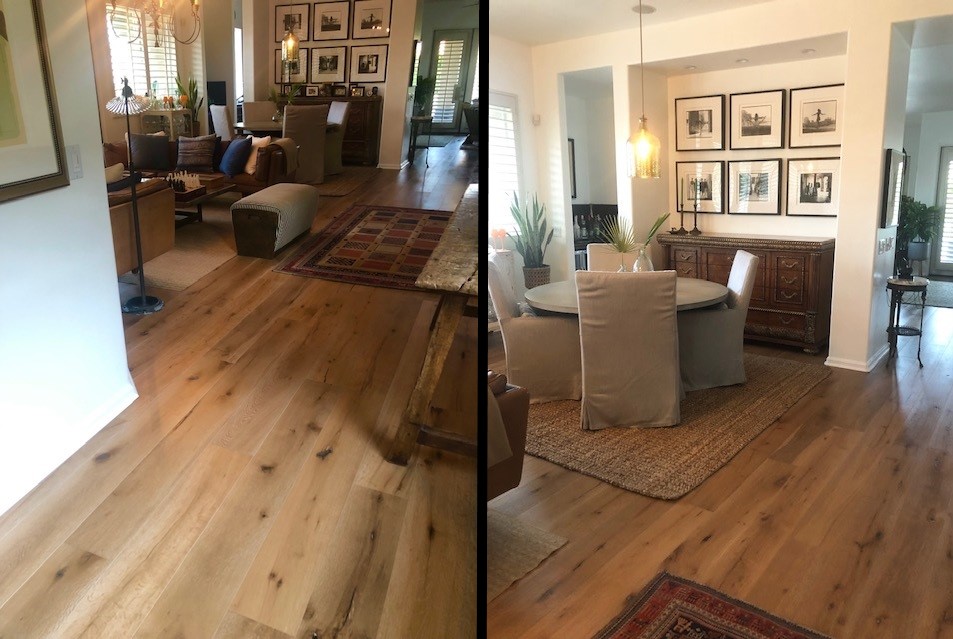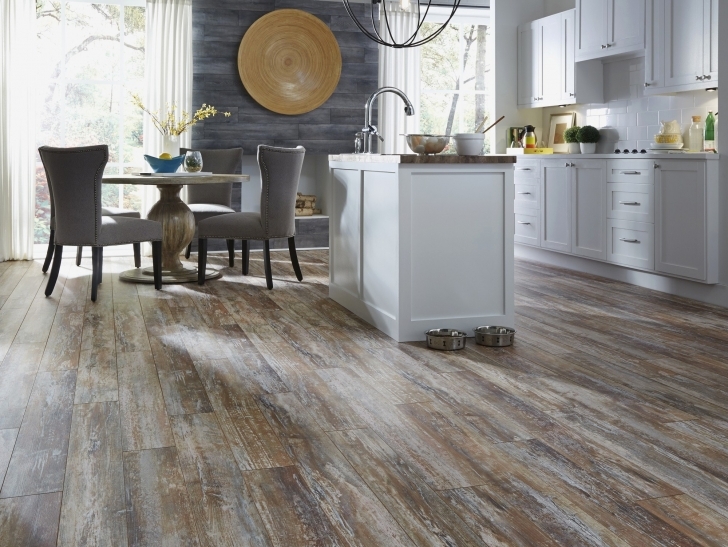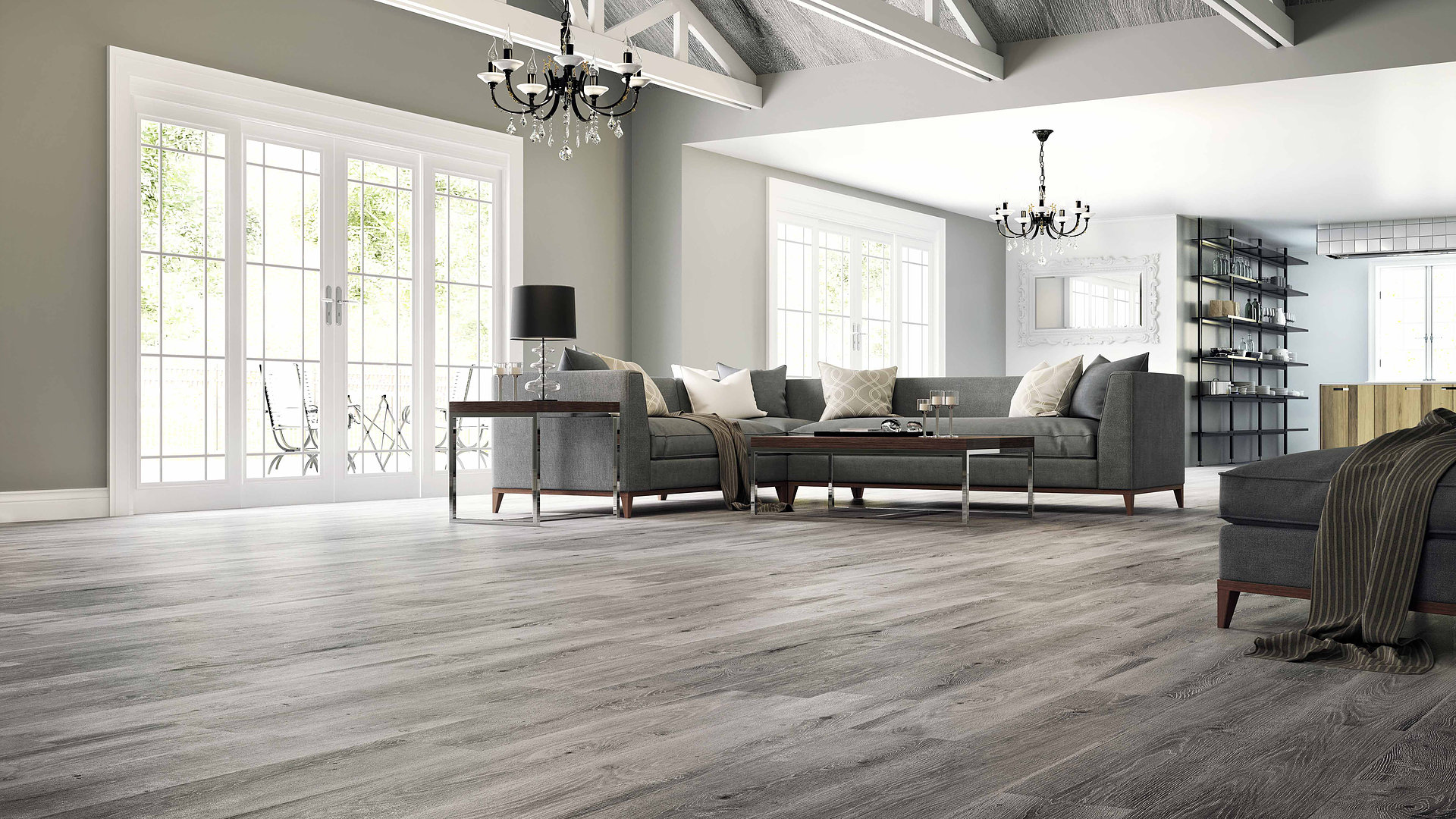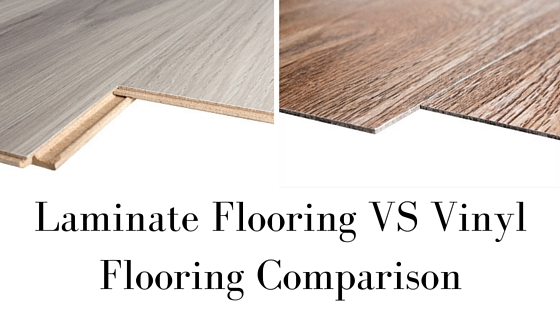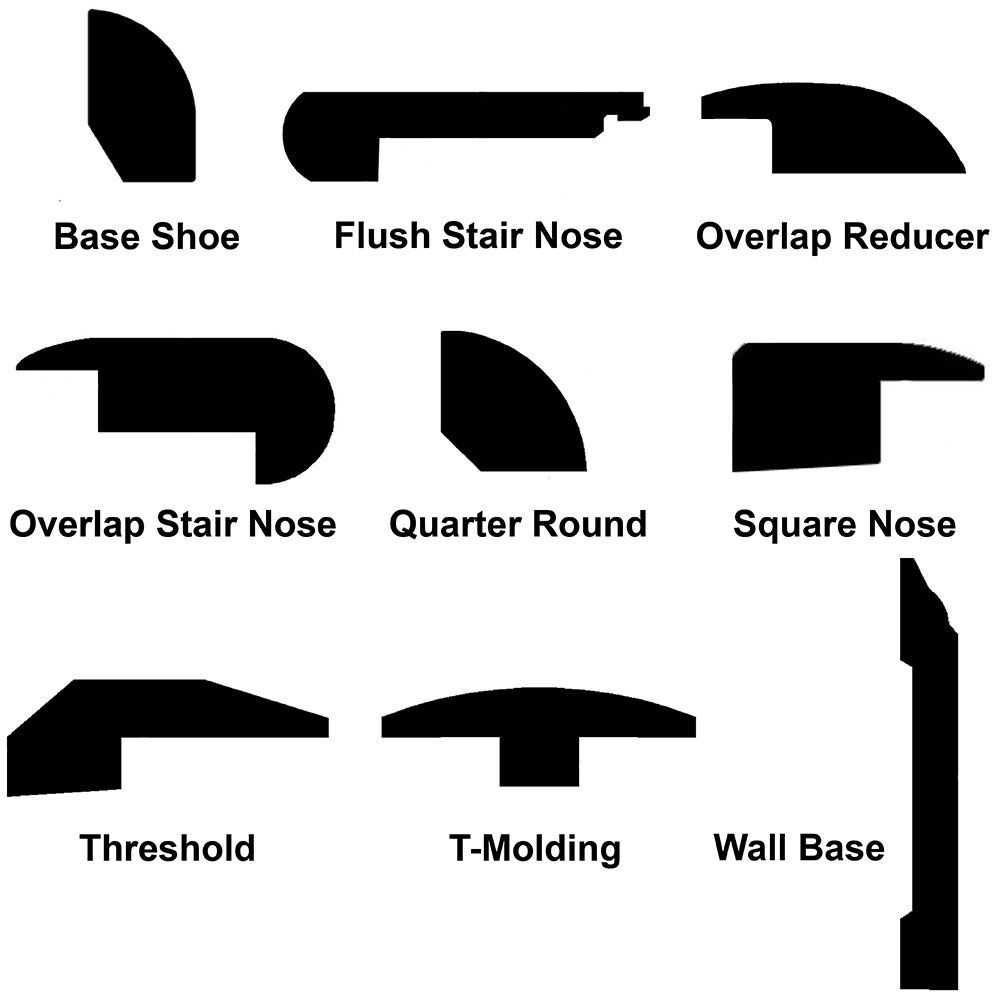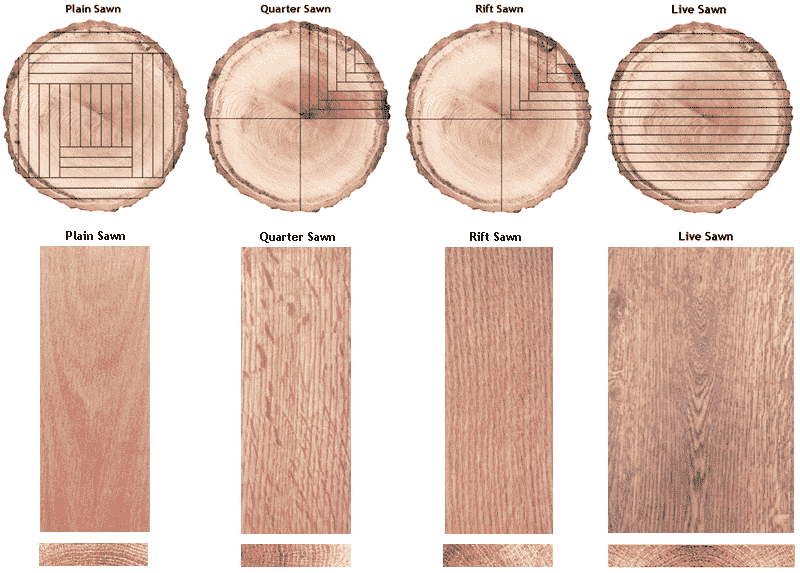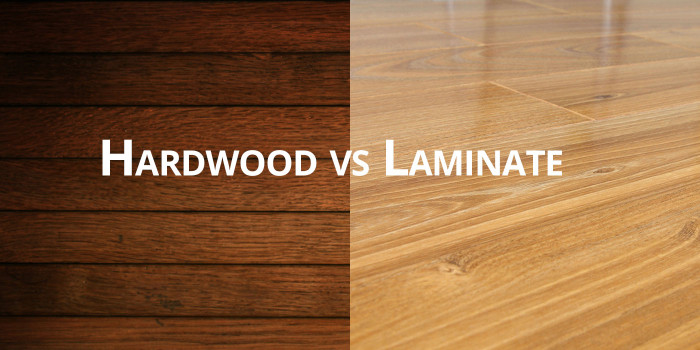Exploring the Pros and Cons of American Oak Flooring: A Comprehensive Guide
American wood is a well-liked option for flooring because of its toughness, appealing grain pattern, and warm color tones. It does, however, have benefits and drawbacks like any substance.
ADVANTAGES of AMERICAN OAK

AVAILABILITY
Because Quercus alba forests can be found all over the eastern and central parts of the nation, American oak is one of the most commonly grown hardwoods in the United States. As a result, manufacturers and construction companies can quickly find the wood they need for their projects and have access to American oak.
Having access to American oak also helps to lower the price of the timber, which is an additional benefit. As a result of its widespread availability, American oak is simpler and less expensive to obtain than other hardwoods that might be less common or produced in fewer locations. As a result, American oak is a desirable choice for customers and builders seeking a premium hardwood at a competitive price.
Lastly, because American oak is so widely available, it can be used for a variety of projects, including flooring, furniture, and cabinetry. Because of its adaptability, American oak is a common option for designers and builders, who can use it in a variety of ways in their projects.
AFFORDABILITY
American oak is more widely accessible than some other hardwoods, making it simpler to source and, consequently, less expensive as a contributing factor. Furthermore, American oak is widely produced in the country, which lowers transportation costs and adds to the material's affordability.
The fact that American oak is a comparatively simple hardwood to work with also means that it can be manufactured and processed more quickly, resulting in lower processing and manufacturing costs. Due to this, it is a desirable choice for businesses and customers seeking oak flooring at a reasonable cost.
American oak is a well-liked option for a variety of uses, including flooring, furniture, and cabinetry, because it is so broadly accessible and reasonably priced. Since there is still a high demand for American oak, the price has been driven down by its appeal, making it even more affordable.
DURABILITY
Due to its hardness, density, and tight grain structure, American oak has the benefit of being durable. The wood is well known for having a high resistance to wear and strain, making it perfect for use in flooring, furniture, and barrels for aging wine and spirits.
American oak's durability is further increased by the fact that it is immune to rot and insect attack. These characteristics make American oak a well-liked material for building exterior structures like decks and pergolas.
The high tannin content of American oak also acts as a natural defense against germs and fungi. Given that American oak barrels can help maintain the quality of the wine over time, they make a good option for use in winemaking.
American oak is a valuable and sought-after material for a range of uses due to its overall durability.
APPEARANCE
American oak has the aesthetic benefit of having a lovely, distinctive grain pattern and pleasant color that can improve the appearance of any area or product in which it is used.
The grain pattern of American oak is typically straight and defined, with occasional knots and swirls that add character to the wood. This gives American oak a unique and appealing look that can't be replicated by other woods.
American oak has a soft pink and red undertone to its warm color, which varies from pale yellow to light brown. The beauty of the wood is enhanced as it matures by a rich patina. American oak is a popular option for use in furniture, flooring, cabinets, and decorative woodwork because of its warm color and distinctive grain pattern.
A variety of looks, from a natural, rustic appearance to a more contemporary, sleek appearance, can be readily achieved with American oak by staining or finishing it. Due to its adaptability, American wood can go well with a variety of design aesthetics.
American oak is a desirable material for use in both practical and decorative applications because of its appealing aesthetics, which lend beauty and personality to any area or product in which it is used.
VERSATILITY
American oak has the benefit of versatility because of its strength, durability, and aesthetic appeal, which allow it to be used in a broad range of applications.
The building industry can use American oak for outdoor uses such as decking, flooring, and structural beams. Because of its distinctive grain pattern and warm color, it is also a common option for furniture, cabinetry, and decorative woodwork.
American wood is also extensively used to make barrels in the wine and spirits industries. The wood is the perfect substance for this application because of its natural tannins, which enhance the taste and character of aging wine or spirits.
A versatile option for various design styles and aesthetics, American oak can also be readily stained, painted, or finished to create a variety of looks.
Overall, American oak is a valuable material for a variety of uses, from practical building to decorative woodwork and even enhancing the flavor of wine and spirits. It is a preferred option for architects, contractors, and craftspeople due to its flexibility.
RESALE VALUE
American oak has the benefit of having a high resale value because it is a strong, high-quality material that holds its value over time. American oak can raise a home or property's resale value when it is used for furniture, flooring, or cabinetry.
This is due in part to the fact that buyers value American oak's durability and aesthetic appeal, making it a premium substance that is in high demand. The products made from American oak may have a higher resale value as a result of this desire.
Aside from that, products made of American oak can retain their appearance and functionality for a long time because it is a durable material that resists wear and tear. Given that consumers are willing to pay more for goods that are in excellent condition and have a lengthy shelf life, durability can also raise a product's resale value.
Overall, American oak has a valuable advantage that can make it a sensible investment for those looking to raise the value of their assets or goods: it can be resold for a profit. It can become a sought-after material that maintains its worth over time thanks to its high quality, toughness, and aesthetic appeal.
DISADVANTAGES of AMERICAN OAK

COST
American oak typically costs more than other hardwoods like maple or birch because of its distinctive characteristics, such as its sturdiness, aesthetic appeal, and innate resilience to rot and insect damage.
Additionally, American oak is a slow-growing tree species, which increases the expense of harvesting and processing the wood because it takes longer for the tree to mature.
Although the price of American oak can be a drawback, it's essential to remember that the long-term advantages of using this premium material may outweigh the initial cost. The long-term maintenance costs associated with American oak's durability may be reduced, and the wood's aesthetic appeal may raise the value and marketability of products produced from it.
American oak can be expensive, but it's essential to weigh that against the value and long-term advantages that this high-quality material can offer.
SCRATCHES
The distinctive grain and color of American oak are frequently sought in furniture, flooring, and other applications. However, scratches can make the timber appear uneven and even harm its surface.
Scratches can also leave spaces in the wood where moisture can seep in, which over time may cause warping or other types of harm. Scratches can also make it more challenging to evenly apply finishes or stains, which can further impact the wood's appearance.
All in all, despite the fact that scratches may not inherently render American oak useless, they can be harmful to the material's look and durability.
MAINTENANCE
American oak can expand, contract, or even warp as a result of temperature and humidity changes, just like any other kind of timber. American oak may need to be shielded from extreme heat, moisture, and sunlight in order to reduce these impacts. Regular cleaning, polishing, and conditioning with wood-specific items may be necessary for this.
In addition to these fundamental maintenance procedures, American oak may eventually need more complex maintenance. For instance, the wood might need to be sanded and refinished if it has scratches or dents in order to restore its look. Similar to that, if the timber gets stained or discolored, it might need more thorough cleaning or bleaching to get the stain out.
Despite the fact that American oak is generally a beautiful and sturdy timber, those who are not willing to put in the time and effort required to maintain it may find that it has a drawback. However, given the right care, American oak can last for many years and continue to be a useful asset in the workplace or home.
SUSCEPTIBILITY
The drawback of American oak may be its susceptibility to specific kinds of pests and diseases.
While American oak is typically resistant to rot and insect damage, some pests, such as oak leaf blister, oak spider mite, and oak wilt, can still cause harm. These insects have the potential to harm the tree and lower the grade of the wood.
The sudden oak death disease, which can seriously harm forests and other natural areas where the trees thrive, is also prone to afflicting American oak.
The availability, price, and quality of wood products produced from American oak can all be affected by the species' susceptibility to specific pests and diseases. In order to reduce the chance of damage from insects and diseases, it is crucial to preserve and manage American oak forests.
MOISTURE SENSITIVITY
Due to its susceptibility to moisture, American oak can suffer from warping, cracking, and other types of harm. Like many other kinds of wood, American oak can take in moisture from its surroundings. Too much moisture can cause the timber to expand and change shape.
In some applications, like the manufacture of barrels for wine or whiskey aging, this moisture sensitivity can be especially problematic. The liquid inside the barrel may leak out or even spoil if the timber inside the barrel gets too wet. Additionally, the expansion and contraction brought on by moisture may result in gaps in the barrel, which may impact the taste of the aging beverage.
Some other types of wood, however, such as French oak, are renowned for their low moisture sensitivity and tight grain structure, which can make them better suited for some uses.
ENVIRONMENTAL IMPACT
Because American oak is frequently harvested from forests that are not sustainably managed, the environmental effect may be a disadvantage. Deforestation, soil erosion, and other types of natural degradation may result from this.
A major environmental impact can also be caused by the transportation of American oak from its source to its final destination. Energy is required for the processes of cutting, processing, and shipping timber, and these activities may produce greenhouse gas emissions that cause climate change.
Wood can have an impact on the ecosystem when used for a variety of purposes. For instance, the manufacturing of wood barrels for the aging of wine or whiskey uses a lot of resources and may produce waste. Similar to how using other types of wood, such as pine, can contribute to environmental problems like deforestation, oak is often used to make furniture.
While American oak has many positive qualities overall, it is essential to take into account its environmental impact when assessing its suitability for use in different applications. To reduce the negative environmental effects of using American oak and other types of wood, it is critical to support sustainable forestry practices and the prudent use of wood resources.
All things considered, American oak can be a good option for hardwood flooring because of its toughness, attractiveness, and affordability. To be positive that it is the best fit for your unique needs and preferences, it's crucial to take into account any possible drawbacks. A beautiful, long-lasting floor can be ensured with proper installation and upkeep, which can help mitigate some of these problems.










